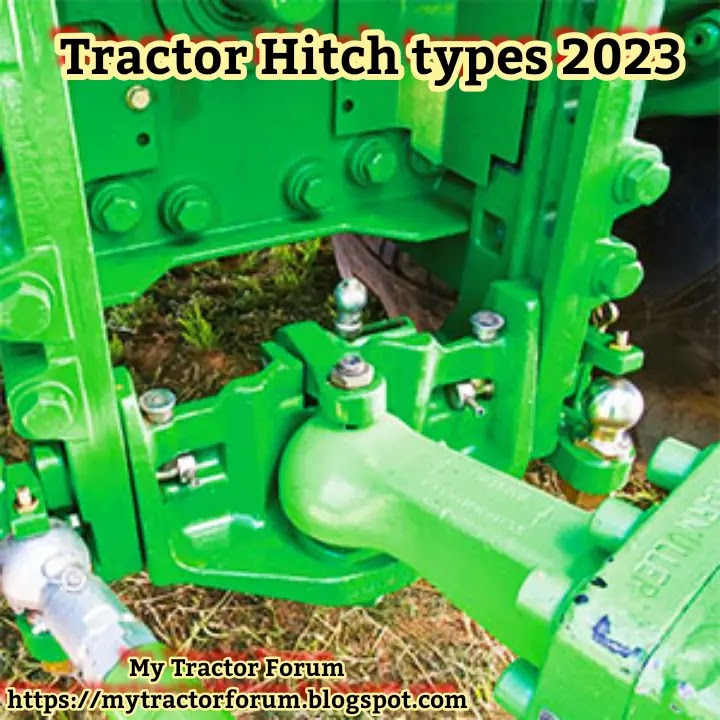Tractors are getting bigger, have more power and reach higher speeds, which is why they require suitable hitches for each case and good handling of the implements to be hitched to avoid additional stress and increased wear.
Tractor hitch types
High position, manual and automatic
This tractor hitch, also called an automatic hitch for eye drawbars and with a 40 mm or 50 mm pin, satisfies various applications and needs, easily adjusts to a wide variety of implements and is one of the most widely used models. They also exist in an adjustable version with a support shaft with 4 or 9 positions and in a manual version.
Ball type and fixed type adjustable height hitches
In the low position, they provide optimum traction and ease of driving. They are perfect for working with trailers and with a wide variety of implements.
Low position latches
They optimize weight distribution between the front and rear axles to improve tractor performance. The increased load on the front axle improves traction and reduces loss of steering control.
3-in-1 trailer hitch, with ball-type and fixed-type options
This system offers flexibility when using different types of tractor coupling , allowing a low or high coupling of the trailer and its simultaneous use with an automatic pin hitch, a ball type hitch for a cup drawbar or a fixed type hitch . .
It offers an easy change of the fixed or ball safety stops without the need for tools. Plus, it's compatible with height-adjustable hitches or the standard drawbar. The ball type hitch improves driving comfort and reduces wear due to its contact clearance between the ball and the drawbar hole.
When hitching implements, keep in mind that up to 3 tons of vertical static load can be towed with the fixed type tractor hitch , while larger implements (up to 4 tons of vertical static load) must be towed with ball hitch.
Pick-up trailer hitch with quick hook
For implements with up to 3 tons of vertical load, this hitch improves load distribution due to its lower position and facilitates hitching with excellent visibility, and can be hydraulically controlled in length and height by a single person when executing the coupling with implements, even in difficult situations, with uneven terrain or poorly positioned trailers.
draw bar
Oscillating drawbars are used to tow all types of equipment, particularly PTO-driven equipment, and can easily be combined with an automatic hitch or pick-up. They are characterized by having a variable oscillation angle and being adjustable in length. Its location of the hitch point causes an increase in the load on the rear axle and a small decrease in load on the front.
Learn more about John Deere Tractors features and prices on our website My Tractor Forum.
Hitch maintenance operations
The hard work, the increased performance of the tractor and the higher transport speeds cause greater efforts and wear and tear on the hitches, making maintenance essential.
- Every 250 hours: grease the coupling mouth by turning it 180º to ensure good lubrication. In pick-up couplings, in addition to lubricating, the tightening torques of the fastening screws must be checked.
- Every 500 hours: check the wear of the drawbar, the pin-type or ball-type hitches and the trailer hitch tongue, checking that the clearance between the rigid part and the swivel part of the hitch is not greater than 3 mm.



Comments
Post a Comment